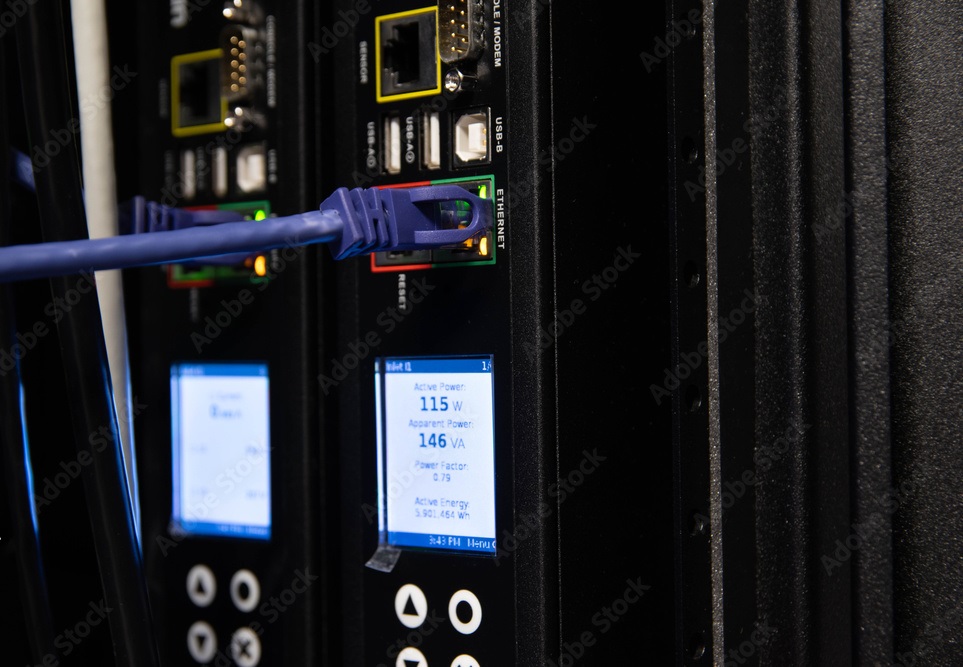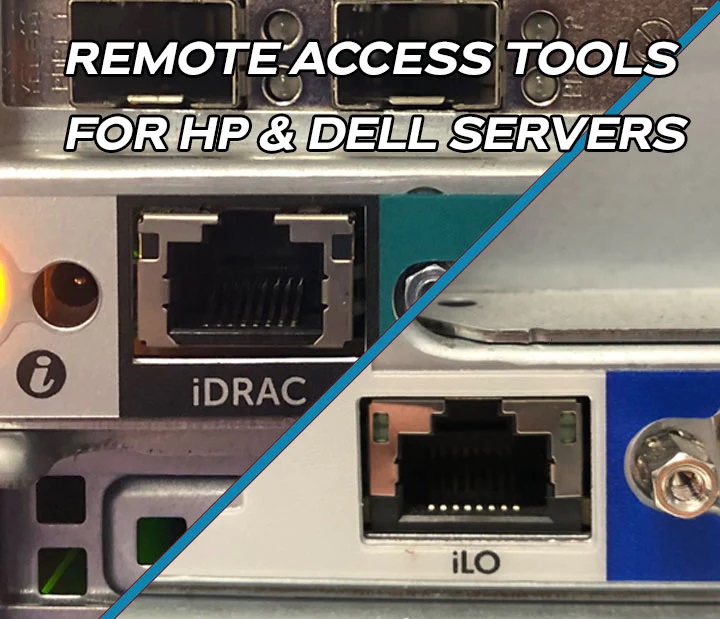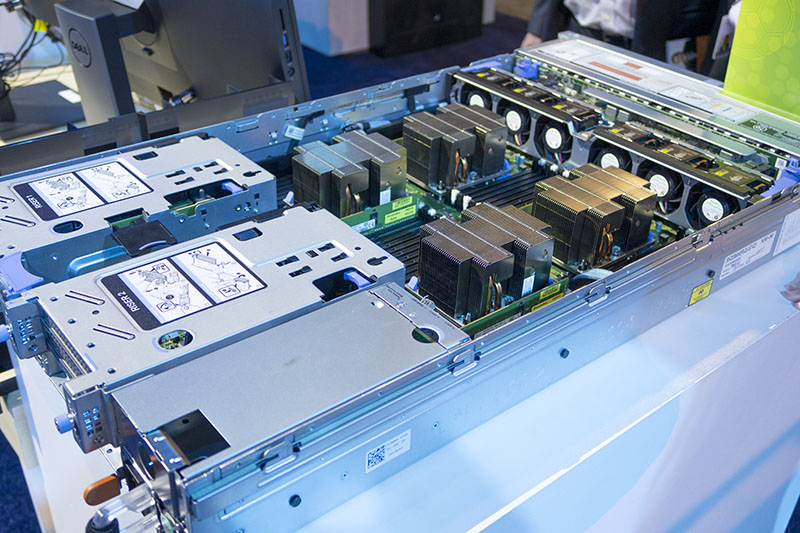Colocation companies measure power at peak power instead of “average use” for several key reasons:
- Capacity Planning & Infrastructure Sizing – Peak power determines the maximum power demand a customer might require. Colocation providers use this to ensure their power infrastructure (circuit breakers, UPS, cooling, and generators) can handle worst-case scenarios without overloading.
- Billing & Cost Recovery – Many colocation facilities bill customers based on the highest power draw rather than average consumption. This ensures that clients who require high-power infrastructure pay accordingly, as peak usage dictates the actual resource allocation.
- Preventing Over-Provisioning & Downtime – If a data center only accounted for average power usage, unexpected spikes could overload circuits, causing outages. Measuring peak power ensures the facility remains stable under maximum load conditions. For example when adding new severs to a rack, they can spike upon boot, this alone could pose a threat to a power circuit, and cause a tripped breaker, or worse a fire. When UPS systems reboot, all the systems will spike to their maximum and this will trip a PDU breaker which will lead to failure of systems to come back up, and can cause a fire or melt the PDU outlet/plug.
- Cooling Requirements – Peak power translates directly into peak heat output. By monitoring and planning around peak usage, colocation providers can design adequate cooling solutions to maintain optimal operating temperatures.
- Utility Costs & Compliance – Data centers often have contractual obligations with power utilities, where peak demand influences their electricity costs. Data centers incur large penalties for peaking over committed power. Managing peak loads effectively helps avoid excessive utility fees and maintains compliance with energy regulations.
Why Colocation Companies Measure Power at Peak Power
In the world of colocation and data centers, power management is one of the most critical aspects of maintaining operational efficiency, reliability, and cost-effectiveness. Businesses that lease space in colocation facilities often encounter power-related charges based on peak power consumption rather than average usage. But why do colocation companies measure power at peak power? The answer lies in capacity planning, infrastructure management, and cost control. In this blog, we’ll explore the reasoning behind this industry standard and its impact on both colocation providers and their customers.
Understanding Peak Power Measurement
Peak power refers to the maximum amount of power drawn by a customer’s equipment during a given period. Unlike average power consumption, which smooths out fluctuations over time, peak power identifies the highest level of demand placed on a data center’s power infrastructure. Measuring peak power helps colocation providers ensure that they can meet all customer demands without exceeding their facility’s electrical capacity.
1. Capacity Planning and Infrastructure Sizing
One of the primary reasons colocation companies measure peak power is to properly size their electrical infrastructure. A data center’s power supply must be capable of handling the maximum possible load at any given moment. This includes:
- Power distribution units (PDUs)
- Uninterruptible power supplies (UPSs)
- Backup generators
- Circuit breakers and transformers
If colocation providers only accounted for average power consumption, they would risk under-provisioning power resources, potentially leading to overloads and system failures. By planning around peak power usage, they ensure a stable and reliable environment for all customers.
2. Billing and Cost Recovery
From a business perspective, colocation companies must recover the costs of providing power. Billing based on peak power rather than average consumption ensures that customers who place a greater strain on the power infrastructure pay proportionately for their usage.
- Avoiding Subsidization: If billing were based on average usage, customers with consistent low power needs might end up subsidizing high-usage customers who create large spikes in demand.
- Incentivizing Efficient Usage: By charging based on peak power, colocation providers encourage businesses to manage their power consumption more efficiently, reducing unnecessary spikes and optimizing their IT infrastructure.
- Fair Cost Allocation: Since power infrastructure is built to support the highest demand levels, pricing needs to reflect the maximum load placed on the system rather than the average.
3. Preventing Over-Provisioning and Downtime
Power spikes can be unpredictable and, if unaccounted for, could lead to circuit overloads. These overloads can trigger safety mechanisms, causing power interruptions that affect multiple customers. Colocation providers mitigate this risk by ensuring that peak power usage is well within the facility’s total electrical capacity.
Without peak power measurement, potential risks include:
- Overloaded circuits leading to tripped breakers
- Unplanned downtime for customers
- Increased maintenance costs due to electrical failures
By designing their power infrastructure around peak demand rather than average use, colocation facilities ensure a more stable and resilient environment.
4. Cooling and Heat Management
Electrical power and cooling are inseparably linked in data centers. The more power IT equipment consumes, the more heat it generates. Measuring peak power allows colocation companies to plan for the worst-case cooling scenario, ensuring that their cooling systems can handle maximum heat output.
- Preventing overheating: If cooling systems were designed based only on average power use, they could fail during unexpected spikes, leading to increased hardware failures and downtime.
- Optimizing airflow and HVAC systems: By understanding peak loads, colocation providers can strategically place cooling resources where they are needed most.
- Energy efficiency: Right-sizing cooling solutions based on peak power helps balance energy efficiency with performance.
5. Utility Costs and Energy Procurement
Data centers consume significant amounts of electricity, and their relationships with utility providers are complex. Many colocation companies have power contracts that include demand-based pricing, meaning that the highest power draw (peak demand) influences their overall electricity costs.
- Reducing demand charges: Utilities often charge commercial customers based on their peak power usage in addition to total energy consumption.
- Negotiating better rates: By tracking and managing peak power, colocation providers can work with utilities to optimize their energy purchasing strategies.
- Avoiding penalties: Some regions impose additional fees for exceeding power draw thresholds. By monitoring peak power, data centers can avoid costly penalties.
6. Ensuring Compliance and Regulatory Requirements
Many colocation providers must adhere to industry standards and government regulations regarding power usage and sustainability. Peak power measurement helps them comply with:
- Energy efficiency mandates
- Carbon footprint reduction goals
- Power grid stability requirements
For example, in some regions, power grid operators require large facilities to participate in demand response programs, where they must limit power usage during peak demand periods. Understanding peak power consumption enables colocation companies to comply with these requirements without disrupting customer operations.
Colocation companies measure power at peak power because it is the most accurate, fair, and reliable way to manage data center infrastructure.
It ensures that:
- Electrical capacity is sufficient for all customers
- Billing is fair and reflects true infrastructure demands
- Downtime and failures due to power spikes are minimized
- Cooling systems are optimized for maximum efficiency
- Energy procurement and regulatory compliance are effectively managed
For businesses colocating their IT equipment, understanding peak power measurement is essential for cost optimization and operational efficiency. By implementing power management strategies, companies can reduce their costs while ensuring a stable and reliable colocation experience.
By focusing on peak power, colocation providers can deliver a high-performance, resilient, and cost-effective environment—ultimately benefiting both the provider and its customers.







